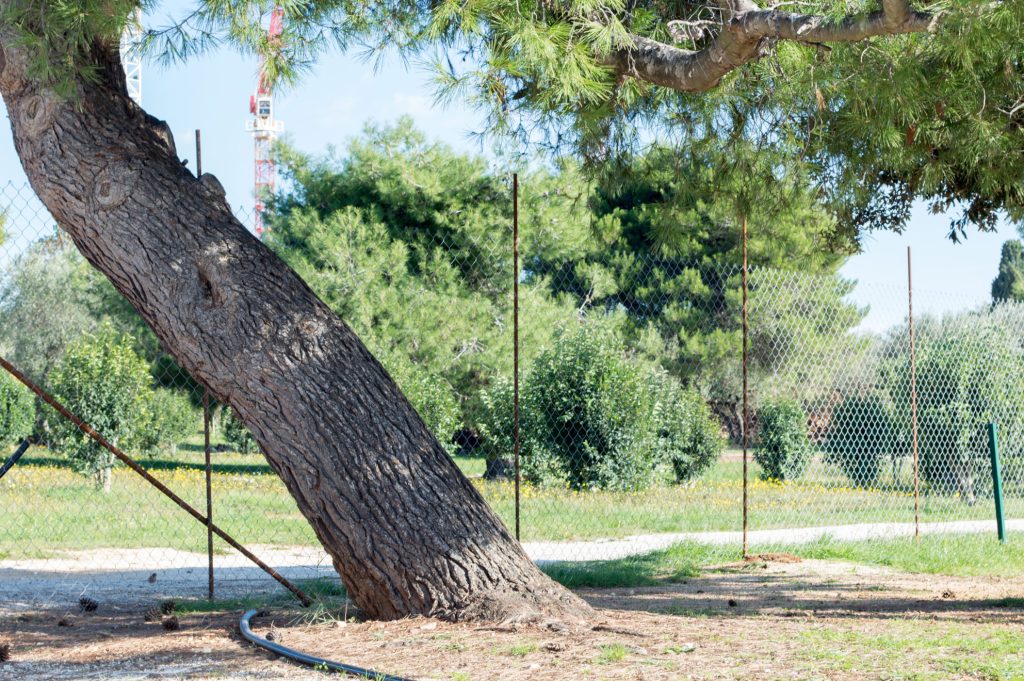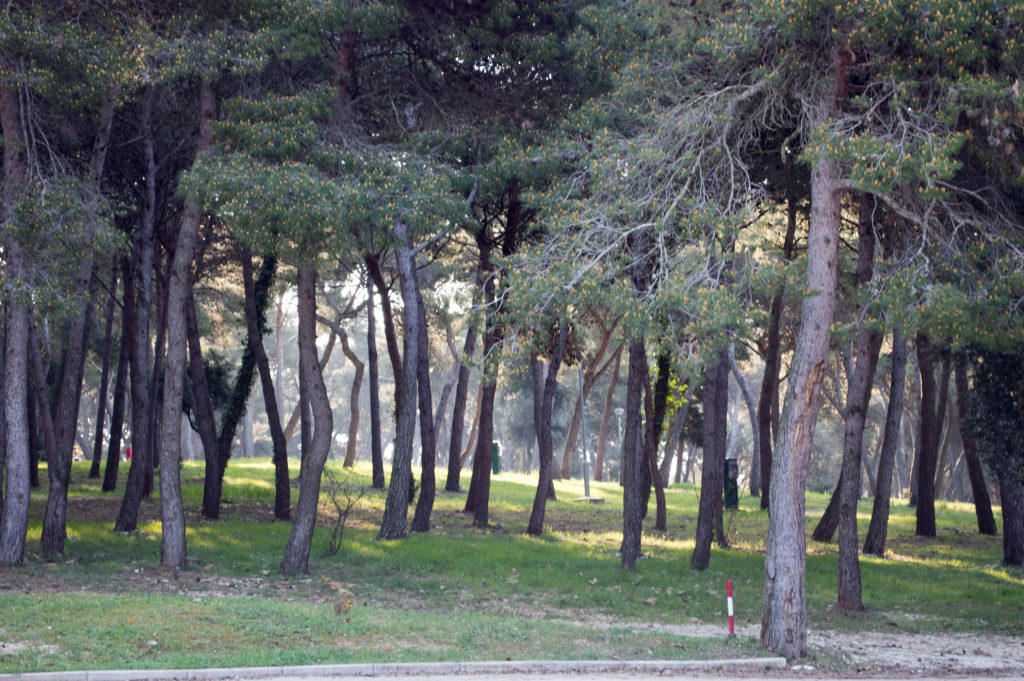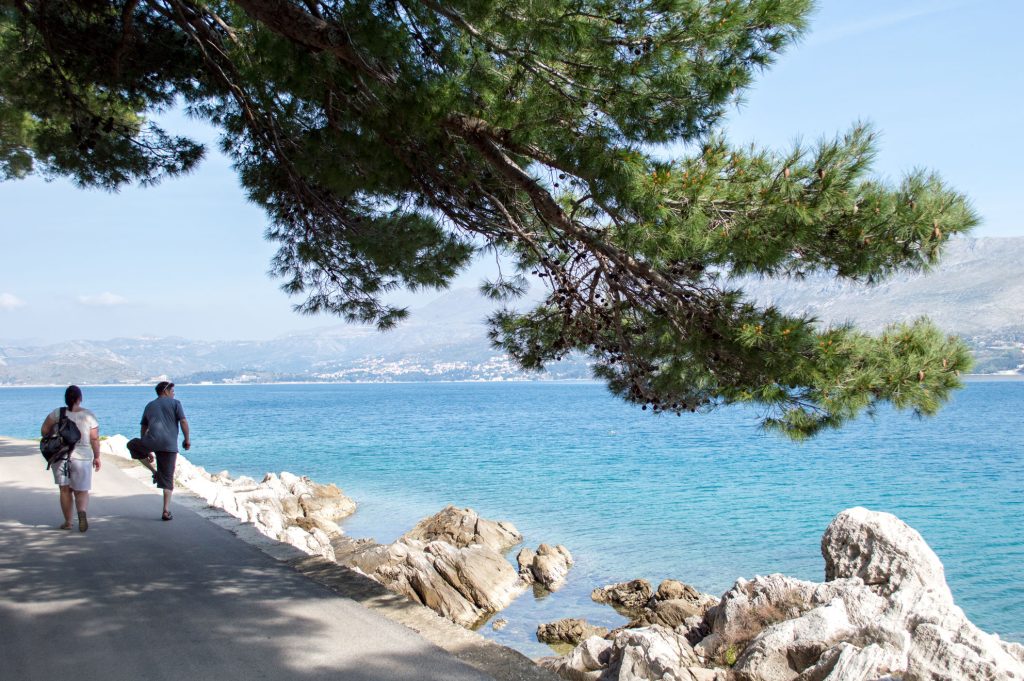Aleppo Pine (Pinus halepensis)
The Aleppo Pine (Pinus halepensis) is a medium-sized evergreen conifer native to the Mediterranean region. It typically grows to a height of 50 to 82 feet (15 to 25 meters) and features a straight or slightly curved trunk that can reach a diameter of up to 3 feet (1 meter). The tree’s bark is reddish-brown, deeply fissured, and becomes scaly as it matures. Its canopy is generally rounded, open, and irregular, providing partial shade with its long, slender needles.
Aleppo Pine’s needles are grouped in pairs and measure about 2 to 4 inches (5 to 10 cm) in length. They are bright green, giving the tree a light and airy appearance. The tree produces small, oval cones about 2 to 4 inches (5 to 10 cm) long. These cones start out green but mature to a reddish-brown color. The seeds within the cones are small and winged, aiding in wind dispersal.
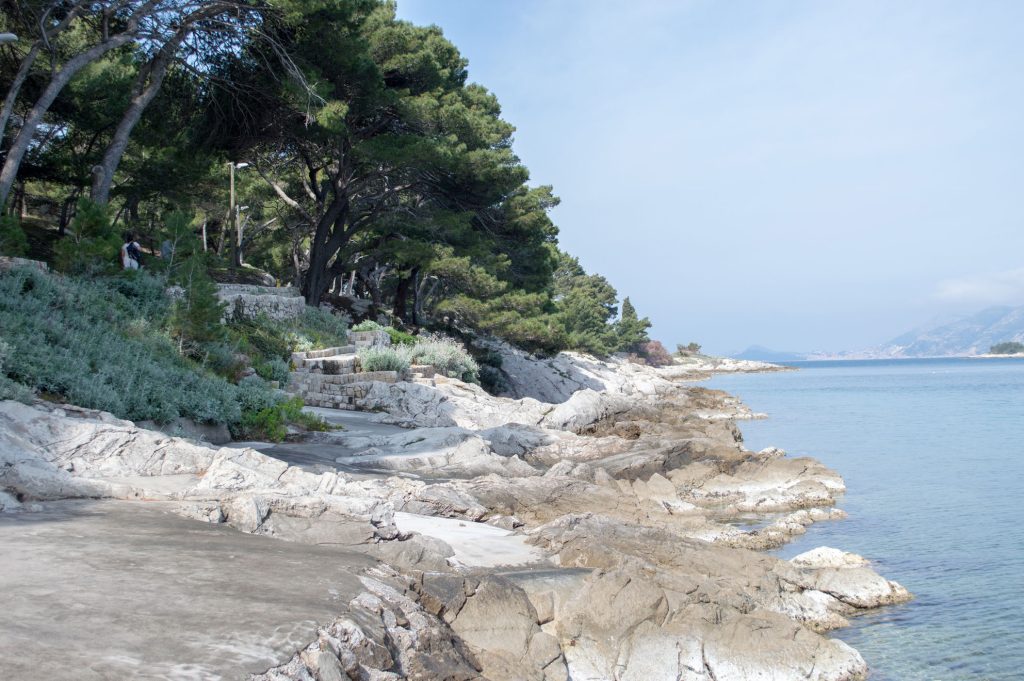
Aleppo Pines are well-adapted to dry, rocky soils and are highly drought-tolerant. They thrive in full sun and are often found in coastal areas, hillsides, and rocky slopes. This tree plays a significant ecological role by stabilizing soil and reducing erosion in arid regions. Its deep root system enables it to access water from deep underground sources, ensuring its survival in harsh conditions.
The Aleppo Pine is widely planted as an ornamental tree and is used in reforestation efforts in the Mediterranean. It is valued for its fast growth, resilience, and ability to thrive in poor soils. Additionally, the tree provides habitat and food for various wildlife species, including birds and small mammals. The resin from Aleppo Pine has also been traditionally used in making turpentine and in local medicine.
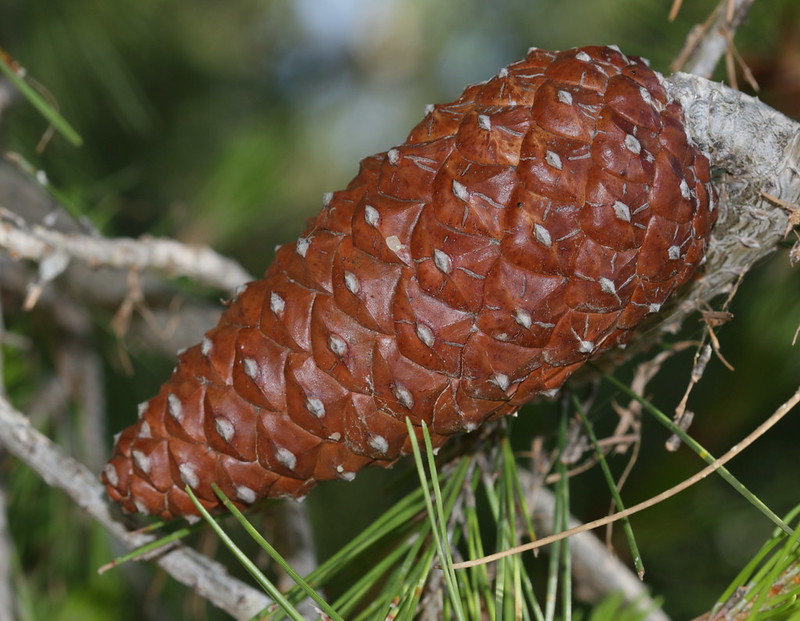
Source: S. Rae
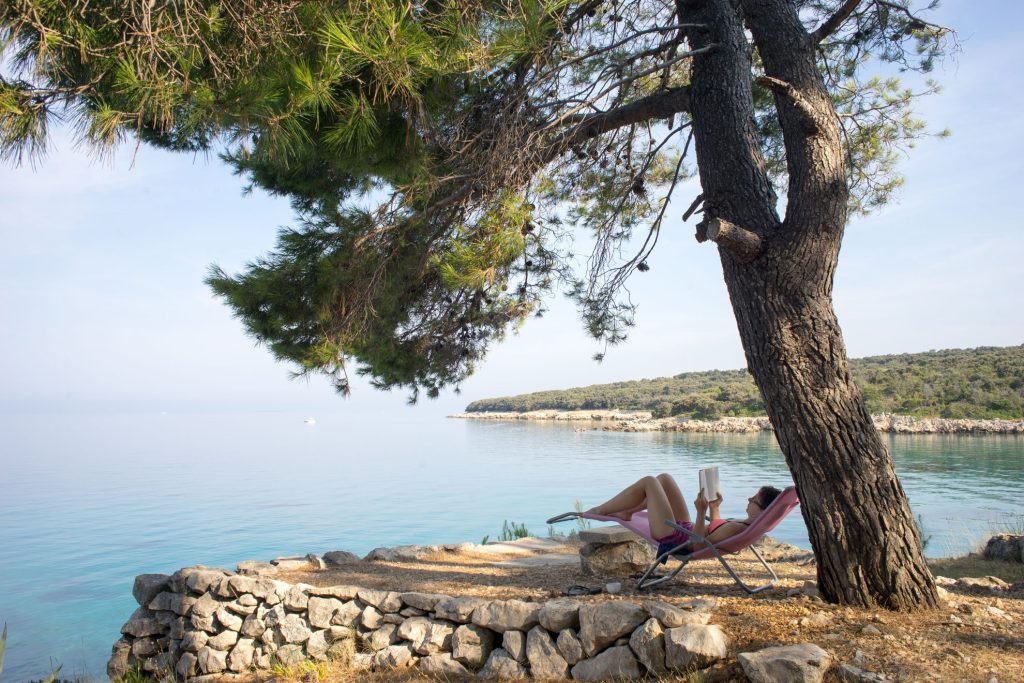
Scientific Classification of Aleppo Pine
| Kingdom | Plantae |
| Clade | Tracheophytes |
| Clade | Gymnosperms |
| Order | Pinales |
| Family | Pinaceae |
| Genus | Pinus |
| Scientific Name | Pinus halepensis |
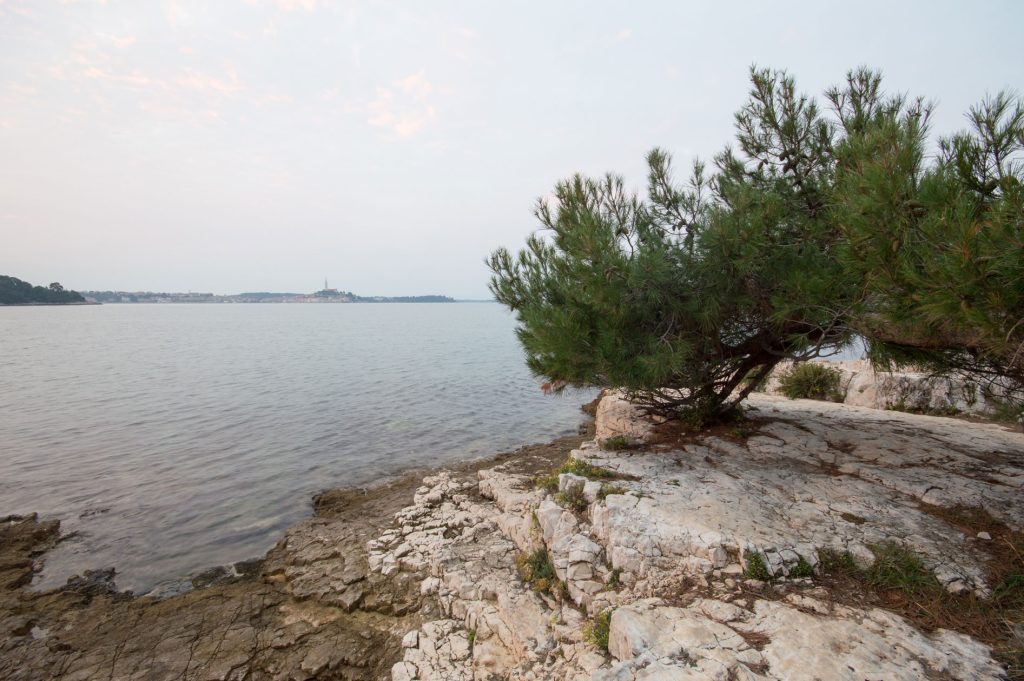
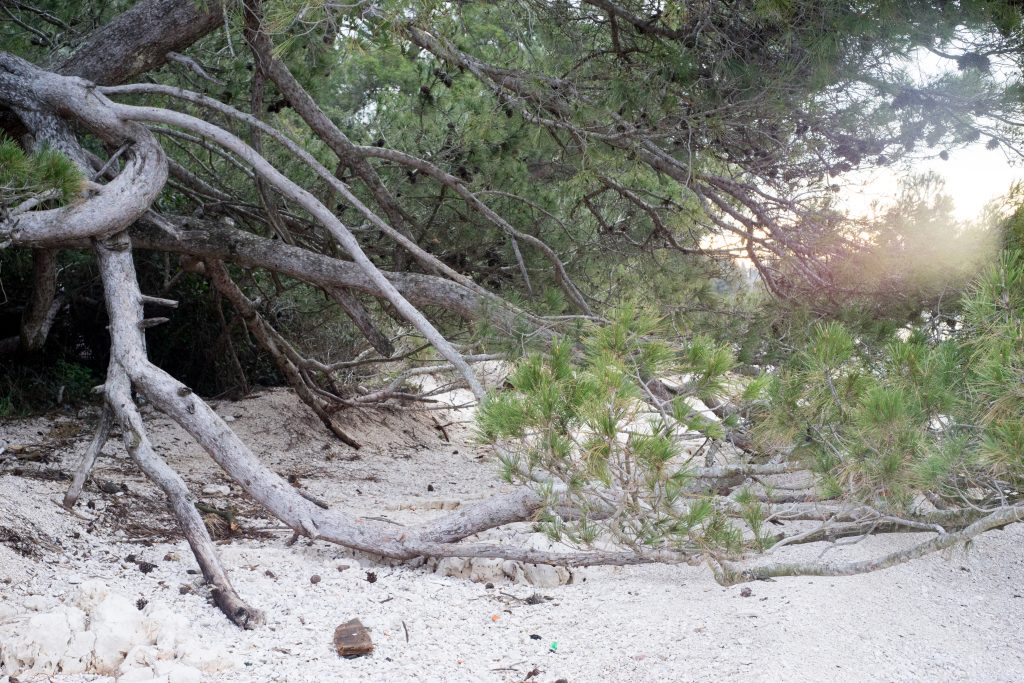
Quick Information
| Plant Type | Evergreen coniferous tree |
| Identification | Height: Typically 50 to 82 feet (15 to 25 meters) tall Leaves: Long, slender needles, 2-4 inches (5-10 cm) long, grouped in pairs Stem: Reddish-brown bark, deeply fissured, becoming scaly with age Flowers: Monoecious; male and female cones on the same tree Roots: Deep root system Growth Habit: Rounded, open, and irregular canopy Crown: Open, irregular, and rounded |
| Distribution | Native to the Mediterranean region, particularly in coastal areas |
| Habitat | Grows in dry, rocky soils, commonly found in coastal areas, hillsides, and rocky slopes |
| USDA Hardiness Zone | 8 through 10 |
| Growth Rate | Fast-growing; typically grows about 24-36 inches (60-90 cm) per year |
| Lifespan | Long-lived; can live for several hundred years |
| Growing Conditions | Sunlight: Full sun Soil: Well-drained, prefers dry, rocky, or sandy soils Water: Highly drought-tolerant, requires minimal watering |
| Drought Tolerance | High; well-suited to dry Mediterranean climates |
| Diseases | Susceptible to pine wilt and root rot in poorly drained soils |
| Pests | Common pests include pine processionary caterpillars and bark beetles |
| Reproductive System | Monoecious; produces both male and female cones |
| Propagation | Through seeds or cuttings |
| Wildlife Value | Provides food (seeds) and habitat for various wildlife species, including birds and small mammals |
| Uses | Reforestation, ornamental planting, resin extraction (turpentine), erosion control |
| IUCN Conservation Status | Not currently listed as threatened; widely cultivated and managed |
